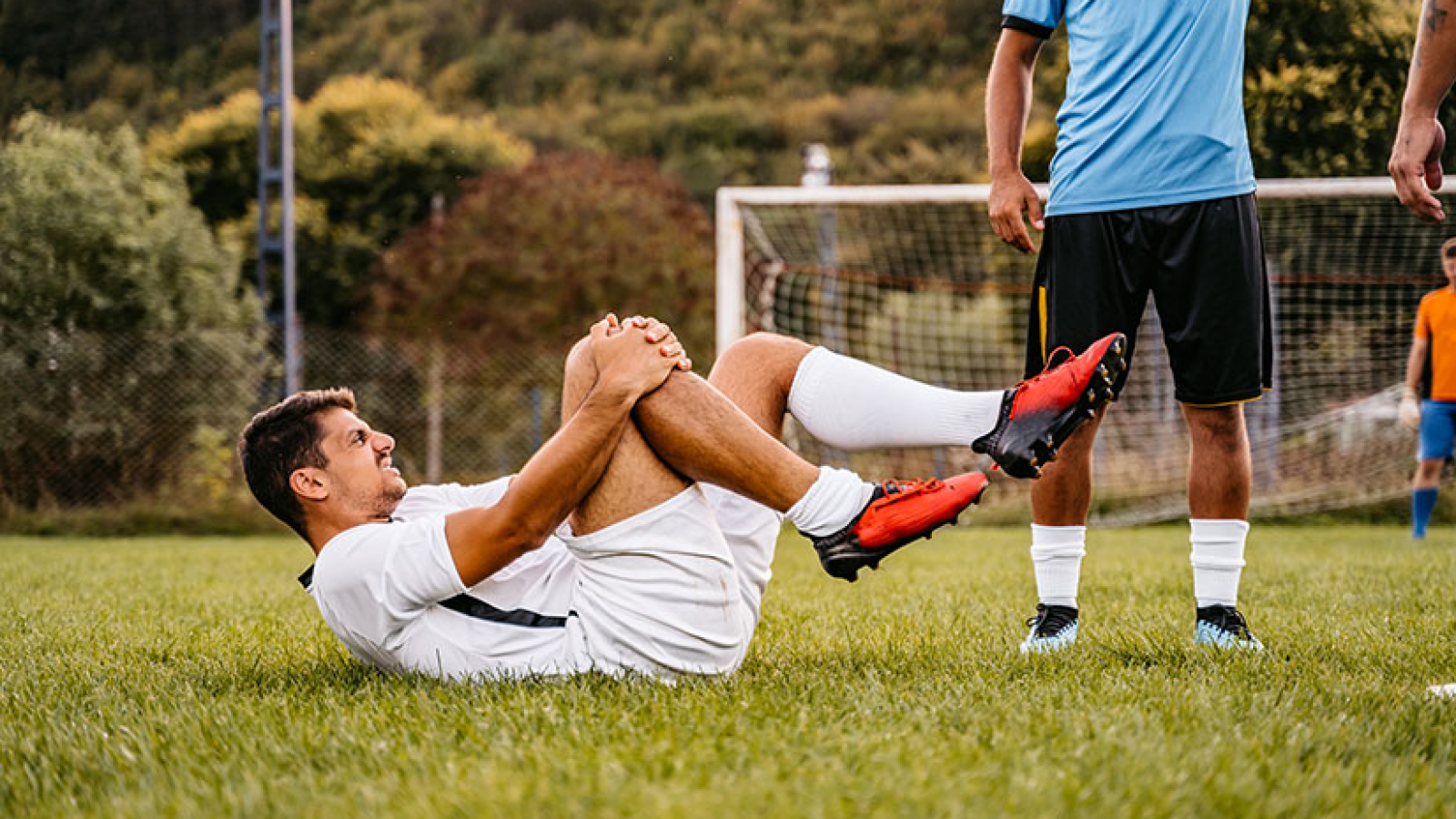Football, or soccer as it is known in some countries, is a sport enjoyed by people of all ages around the world. However, it is also a sport that can result in a variety of injuries, ranging from minor sprains to more serious injuries such as fractures and concussions. In this article, we will explore some of the most common football injuries and discuss how they are treated and prevented.
One of the most common football injuries is a sprained ankle. This occurs when the ligaments in the ankle are stretched or torn, usually as a result of rolling or twisting the ankle. Sprained ankles can range in severity from mild to severe, and treatment will depend on the severity of the injury. Mild sprains may be treated with rest, ice, compression, and elevation (known as the RICE method), while more severe sprains may require physical therapy or even surgery.
Another common football injury is a muscle strain or pull. This occurs when a muscle is overworked or overstretched, resulting in a tear in the muscle tissue. Muscle strains can be treated with rest, ice, and physical therapy, and may take several weeks to fully heal.
Fractures, or broken bones, are also a risk in football. These can occur as a result of a direct blow to the bone or from a fall or collision. Fractures can range in severity from small cracks to complete breaks, and treatment will depend on the location and severity of the injury. In most cases, fractures will require immobilization of the affected limb with a cast or splint, and may also require surgery.
Concussions are another serious injury that can occur in football. A concussion is a type of traumatic brain injury that occurs when the brain is shaken or jarred inside the skull. Concussions can cause a variety of symptoms, including headache, dizziness, confusion, and loss of consciousness. It is important to seek medical attention if you suspect that you or someone else has suffered a concussion, as repeated concussions can have serious long-term effects.
So, how can these injuries be prevented? One of the most effective ways to prevent football injuries is to use proper technique and follow the rules of the game. This includes tackling and blocking correctly, as well as wearing the appropriate protective equipment, such as helmets, shin guards, and knee and elbow pads.
Proper warm-up and stretching before games and practices can also help prevent injuries. Stretching helps to loosen up the muscles and improve flexibility, which can help reduce the risk of muscle strains and other injuries.
Another important aspect of injury prevention is maintaining overall physical fitness. This includes maintaining a healthy weight, staying hydrated, and getting enough rest. By maintaining good physical health, you can help reduce your risk of injury on the field.
Finally, it is important to seek medical attention if you do sustain an injury. Don’t try to “tough it out” or play through the pain, as this can lead to further injury. Instead, seek the advice of a medical professional and follow their recommendations for treatment and recovery.
In conclusion, football injuries can range from minor sprains to serious fractures and concussions. By following proper technique, wearing the appropriate protective equipment, warming up and stretching, maintaining good physical fitness, and seeking medical attention when needed, you can help reduce your risk of injury on the field.

